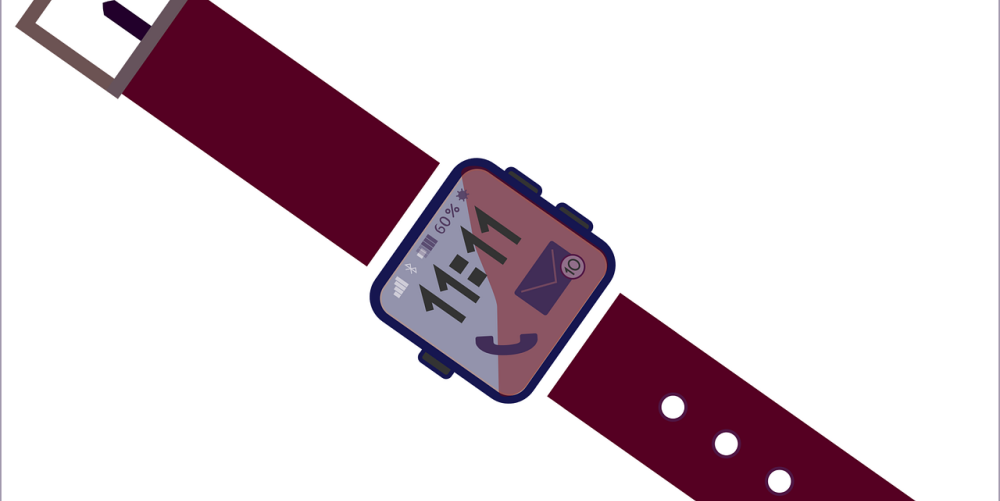
The digital platform economy is constantly transforming the way we work and interact. The Internet of Things (IoT) promises more freedom and functionality than ever before, with devices being used on the go and in conjunction with each other. From logistics to wearable technology, IoT could transform the way any business operates.
While IoT has undoubted transformational potential, there continues to be a concern over lack of visibility of device usage which can lead to unpredictable cellular-expenses for the customer. For example, an employee is travelling to different countries for customer meetings. Since she will be busy with work commitments, she might not be able to check if specific usage rates of her mobile connection have been met or exceeded. As the device is being used in trans-border mode, it can soon clock up very high roaming charges. Enterprises need to be able to control devices and actively manage how they’re used so that the employees don’t come back with huge mobile phone bills.
Mobility needs visibility
While the above example is related to human-to-machine connectivity, the need for better visibility and control is equally pressing for machine-to-machine communications – especially in sectors where devices are crossing national borders on a regular basis. This includes supply chain, transportation, logistics or commercial vehicle fleet management. Beyond operational information of the IoT device, it is imperative for the IoT connectivity provider to provide visibility about what devices are being used and where. This will ensure complete visibility and transparency for enterprises and end-users, allowing them to guard against any overspend.
IoT connectivity providers also need to offer flexibility when it comes to national and international services. Mobile services are typically provided by nationally licensed mobile network operators (MNOs) and their partner mobile virtual network operators (MVNOs). Such mobile services allow customers to enjoy mobility anywhere – provided they stay within one particular national jurisdiction. However this approach is insufficient for businesses with global footprint and aspirations – that already have operations in different countries or are looking to expand geographically.
IoT requires more choice and flexibility, as mobility becomes truly global. Many devices will be in permanent roaming mode, while others will switch between domestic connectivity and an international roaming connection. For example, a connected car may have all its connectivity set up for one particular country, but when it crosses an international border, the whole system switches to a roaming setup.
Cost-effective connectivity
In a roaming world, enterprises are looking at MNOs to offer data plan flexibility, including low data usage plans and shared data plans. While low data usage plans are ideally suited for devices where usage is highly predictable, shared plans offer a usage allowance that can be shared across multiple devices.
To keep tabs on usage both nationally and internationally, enterprises also need failsafe monitoring. Visibility through alerts or online portals lets companies set and amend usage thresholds. If a device is just about to reach its usage threshold, those head office managers will know they’re ahead of the game and can take immediate action. Alerts help to keep usage down and also prevent potential fraud.
Beyond monitoring usage, companies may also want to set up user policies, including who can use a device and how they can use it, as well as when and where they use it.
This gradual shift in the power dynamics between enterprises on the global communications demand side and MNOs on the global communications supply side can evolve further, with enterprises seeking to establish themselves as MVNOs, thus gaining even more control over their own communications tariffs policies and costs.
The web is worldwide and mobility should be too
It is important to think truly globally. When we use the worldwide web, it’s exactly as the name suggests – worldwide. The same concept now needs to apply to mobility and IoT as they work towards offering end-to-end connection between multiple devices or humans and devices.
A confluence of technological developments is contributing towards this vision. NFV and virtual SIM, along with cloud-based technologies are paving the way for a virtualised, platform-based approach to connectivity and control. These technologies will help establish the consistency, giving more control to enterprises on their own connected devices. More visibility and control of the usage will encourage enterprises to adopt IoT solutions, enabling the global mobile economy to thrive.
Edited by
Ken Briodagh





